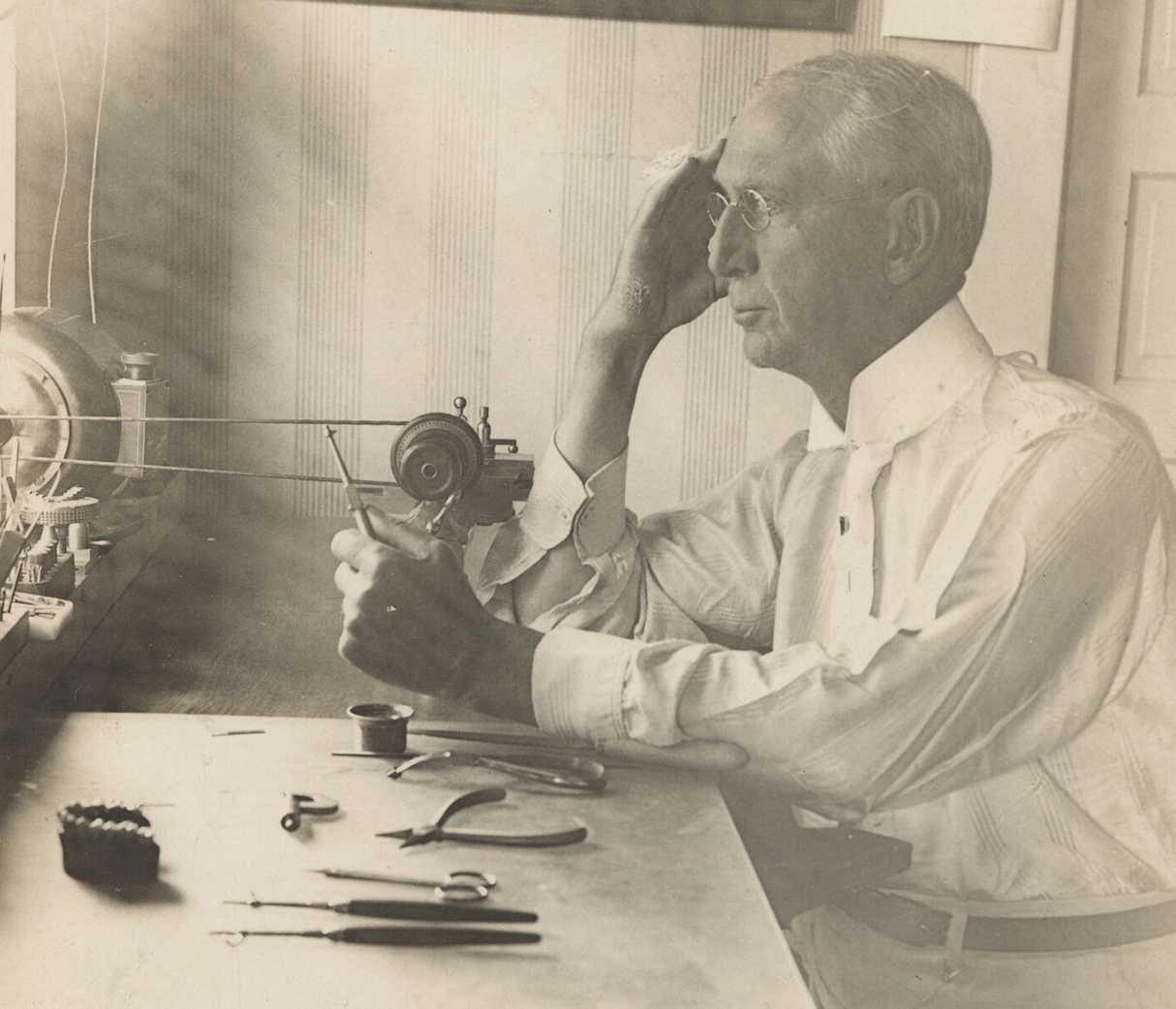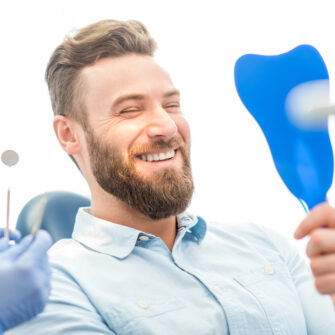Orthodontics occupies an important place in modern health science and has an interesting history that dates back longer than you might expect. From being the first recognized dental specialty to the original metal of choice for braces, here are 7 facts about orthodontics that may surprise you.
1. Orthodontics comes from the Greek language.
While most English words are derived from Anglo-Saxon language, orthodontics combines Greek words. “Ortho” means straight or correct, and “dont” (not to be confused with “don’t”) means tooth. The term was coined in 1841 by French doctor Pierre-Joachim Lefoulon as “orthodontosie,” which roughly translates to orthodontia, and built the foundation for the English word orthodontics.
2. People have been struggling with crooked teeth for ages.
Crooked teeth have been around since the time of Neanderthals. The Egyptians are credited with the earliest use of orthodontics, As early as 3700 B.C. Archeologists have found Egyptian mummies with crude metal bands wrapped around teeth. Between 50 and 25 A.D., the Roman physician Celsus utilized mechanical appliances to straighten teeth, and his practice was recorded by his chronicler Pliny the Elder.
About 2,100 years later, a French dentist named Pierre Fauchard wrote about an orthodontic appliance in his 1728 landmark book on dentistry, The Surgeon Dentist: A Treatise on the Teeth. He described the “bandeau” as a piece of horseshoe-shaped precious metal tied to teeth to align them. Orthodontics did not make a professional imprint on United States dentistry until Norman W. Kingsley wrote A Treatise on Oral Deformities as a Branch of Mechanical Dentistry in 1880.
3. Orthodontics became the first dental specialty in 1900.
Edward H. Angle had the most profound impact on orthodontic practice in the United States when he became the first dentist to specialize in orthodontics in 1889. In 1887, Angle addressed the Ninth International Medical Congress, laying the groundwork for his Treatment of Malocclusion of Teeth which had seven printed editions by 1907.
Beyond being the first orthodontist, Angle founded what is now known as the American Association of Orthodontists in 1901, which set stringent requirements for dentists to be called orthodontists. He also created a classification system for malocclusions, or misaligned bites, that would assist current dentists and future orthodontists in utilizing specialized techniques to straighten teeth for specific bite problems.
4. Gold was the original metal of choice for braces.
The earliest use of orthodontic equipment dates back to the ages of the Egyptians, Phoenicians, and Etruscans, who used gold wire and bands to straighten teeth.
Gold became a popular choice among early orthodontists circa 1900. Its malleability made it easy to shape gold into an orthodontic appliance, and it could stretch to allow for flexibility during alignment. However, these early editions of braces required patients to see their orthodontist frequently to adjust the applicance and keep their treatment on track.
Orthodontists use appliances like braces or aligners to apply constant, gentle pressure to the teeth to guide them into their ideal positions. Teeth could be straightened but often reverted to their original state. This issue was resolved with the introduction of removable retainers in 1920, designed to be worn after the removal of the permanent appliance.
5. Teeth move in response to pressure over time.
Some pressure is beneficial, however, some is harmful. Actions like thumb-sucking or swallowing in an abnormal way generate damaging pressure. Teeth can be pushed out of place; bone can be distorted.
Orthodontists use appliances like braces or aligners to apply a constant, gentle pressure on teeth to guide them into their ideal positions.
6. Teeth move because of natural bone remodeling.
Tooth movement occurs by the predictable remodeling of bone that surrounds and supports the teeth. This process is called bone remodeling. By maintaining a balanced diet, you can support natural bone remodeling for better orthodontic treatment results.
7. Orthodontic treatment is a professional service.
Unlike other purchases you may make, orthodontics is not a product or a one-time buy. The type of appliance used to move teeth is simply a tool in the hands of the expert. While each orthodontic appliance has unique uses and advantages, orthodontists specialize in determining which method will work best for you. Your orthodontist will implement the appliance, monitor your progress, and adjust your treatment to achieve the best results.
Achieve Your Perfect Smile with an AAO Orthodontist
Orthodontic treatment is a partnership between the patient and the orthodontist. While the orthodontist provides the expertise, treatment plan, and appliances, the patient is the key to successful realignment.
For the best results possible, make sure to follow your orthodontist’s instructions on brushing and flossing, diet restrictions, and rubber band use (if prescribed). Most importantly, you should always keep your scheduled appointments with your orthodontist to ensure your teeth progress as expected. When you actively participate in your treatment, your teeth and jaws can align on schedule.
When you partner with an AAO orthodontist for teeth alignment, you can rest assured that you have selected a highly skilled specialist who can give you the smile you’ve always dreamed of. Locate an AAO orthodontist near you and schedule your first appointment today.



